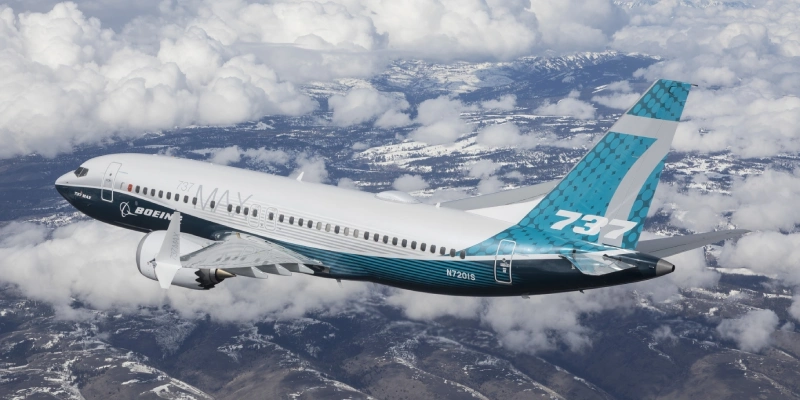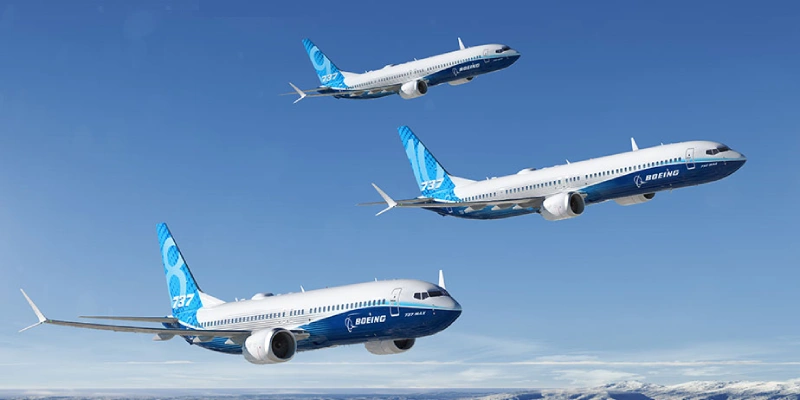Airbus projects a 45% increase in the global fleet of freighter aircraft over the next twenty years, reaching 3,420 aircraft dedicated to cargo transport by 2044. This was revealed in its Global Market Forecast (GMF) 2025 report, which details how the expansion of trade and global economic growth will drive a new phase for air cargo.
2,605 New Freighters to Drive Industry Growth
The study indicates that of the 3,420 projected aircraft, 815 will be freighters currently in service, while 2,605 additional units will be added. Of these new additions, 1,530 will replace older aircraft and 1,075 will cater to the net market growth.
The composition of new deliveries will be diverse: 1,120 small aircraft, 855 medium widebody aircraft, and 630 large aircraft. Furthermore, 1,670 units will be passenger-to-freighter (P2F) conversions, while 935 will be newly manufactured freighter aircraft.
Economic Factors Drive Air Cargo Expansion
Airbus identifies global Gross Domestic Product (GDP) and international trade as the main drivers of air cargo demand. With trade growth estimated at a compound annual growth rate (CAGR) of 2.7%, the European manufacturer anticipates that air cargo will grow at an average rate of 3.3% per year over the next two decades. This will mean air cargo volumes will nearly double from current levels by mid-century.
→ Safran to Open New Aircraft Engine Assembly Line for Airbus in Morocco
Beyond its economic relevance, air cargo transport will continue to be essential for connecting remote communities, moving critical and medical goods, and boosting business development in emerging economies.
Fleet Renewal with More Efficient Models
During the pandemic, the sector experienced a rapid increase in cargo capacity, driven by the massive conversion of passenger aircraft and the low retirement rate of older planes. Airbus forecasts that, from now on, a significant portion of these veteran freighters will be replaced by more modern and fuel-efficient models, such as the A350F and the A320/A321 P2F and A330 P2F conversions.
Asia-Pacific and North America to Account for Two-Thirds of Demand
The forecast also reveals a shift in the geography of air cargo transport. As more countries in the Asia-Pacific region establish themselves as industrial hubs, global trade routes will diversify. Similarly, emerging economies such as Brazil, Indonesia, and Vietnam are poised to become new consumption poles, which will gradually transform the global air transport map.
Of the 2,605 projected deliveries, the Asia-Pacific region and North America will account for nearly two-thirds of the demand, with 850 and 920 aircraft, respectively.
Related Topics
Boeing Requests Emissions Exemption from FAA to Sell 35 777F Jets
FAA to Evaluate New Cockpit Alert System for Boeing 737 MAX 10: A Key Step Toward Certification
Southwest Airlines Expects Boeing 737 MAX 7 Certification by August 2026
Airbus Admits Boeing Likely to Win Order Race This Year

Un apasionado por la aviación, Fundador y CEO de Aviación al Día.




